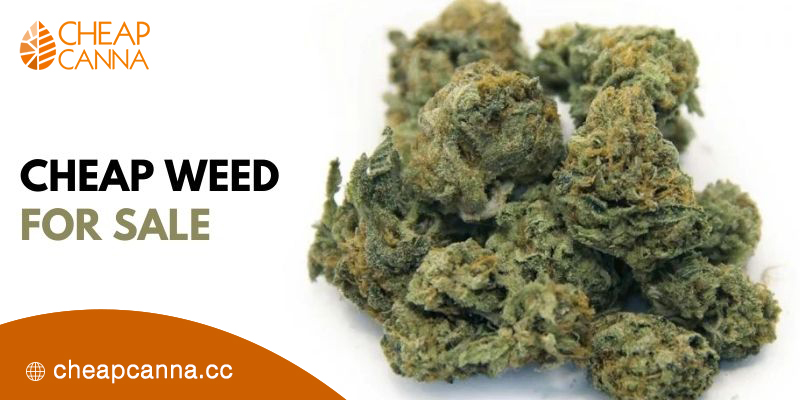For everyone out there who is interested in growing cannabis in their garden but buoyed by the care and harvesting, taking precaution and a quick approach towards the cure can give you an outstanding outcome.
What are Cannabis Buds?
Firstly we should know what Cannabis buds are. Cannabis or Cannabis sativa belongs to the family Cannabaceae. It is cultivated across the globe as hemp (for oil, fiber, and seed) and marijuana (for psychotropic and medicinal effects). However, you need to know about the cannabis harvest.
-
Cannabis Harvesting
For cannabis harvesting, buying the right strain and finding a reliable seller of seeds is not just enough. The main hurdle comes while growing the plant. You have to deal with any threat that can destroy your harvesting. The plant faces various enemies like germs, mildew and molds, which can create havoc on some strains. So, it is mandatory to learn about the mold and enhance your knowledge about identifying and preventing your plant from being affected.
What is a mold?
Now, what is a mold? It is a fungus that affects the cannabis plants when exposed to a warm and humid condition. You can get molds at any stage of the growing period, even in the curing and drying process. This is because fungi need a specific condition to develop. It can be removed with fungicides or other remedies. It rots the buds, leaves, roots, and sometimes it becomes untreatable or very difficult to treat. Therefore, prevention is better than cure, which can be done by controlling the environment. So, let’s find out the different types of mold that can affect Cannabis Plant:
-
Botrytis
Botrytis, also called grey molds or bud rot, is a type of fungus that generally hampers cannabis plants. It develops inside the cannabis buds and slowly starts growing outwards, and for this reason, spotting it in the early stages is difficult. Usually, Bud rot occurs when growing outdoors, but it can also affect indoor growers too if the humidity and temperature are not checked.
It may also happen while curing or drying. The buds can develop mold if they are not dried properly and still hold water. Then, an increase in humidity can ultimately develop mold.
Read more: Finding Cheap Ounces Canadian Cannabis: Getting High the Right Way
How to identify it?
To find this mold, you don’t need to see its signs, but once you notice that the leaves are drying or the buds are not growing properly, then you should immediately conclude that a fungus has started to develop in the buds. After you spot any such symptoms, you should look inside the buds. If the inside color (grey or brown spots) of the buds is different from the outside, it is most probably Botrytis
-
Powdery Mildew
This, too, is a fungus that starts developing from the top of the leaves. For the new growers, it may appear like trichomes, but soon it will spread all over the cannabis plant. This white powder-like fungus can cover your entire plant, particularly the leaves. And the covered leaves cannot undergo photosynthesis, and ultimately the plant will die due to lack of energy. Just like Botrytis, powdery mildew also produces spores that can be easily spread into indoors and outdoors as well.
How to identify it?
At first, it is quite difficult to spot powdery mildew. Initially, you may find small bumps over the leaves, but the leaves are so subtle that you cannot know about the mold unless when white powder can be seen on the leaves. The white powder will keep spreading over the leaves till they are unable to absorb light. It’s at this stage, the leaves will wrinkle up, changing their color to yellow, brown, and ultimately will die.
Though this fungus starts developing slowly, yet it can soon take over your plant completely, so spotting it before is better. If you fail, ensure to take action as soon as you see the leaves covered with a white powder.
-
Root Rot
Root rot is just like Botrytis, but it develops on the roots. This develops in soil having fungus gnats or when soil is overwatered but is likely to be common in hydroponic setups. It is very difficult to spot growing in the soil as the roots are invisible from outside. Even experienced growers fail to notice it.
How to identify it?
You can come to know about it once the roots start turning brown and mushy. And for this, you need to completely remove the plant from the soil, which is again harmful to the plant.
Bottom-line
Once you get to know about the types of molds affecting the cannabis plant, you can happily start growing it. For seeds, you can go with any cheap weed for sale, or try getting a cheap bud, Canada. Once you get the seeds, you are good to go.
If you have been looking for the best quality cannabis buds and products, we at Cheap canna will be more than happy to serve you. For any queries, drop a mail at [email protected]; we will immediately get back to you.

